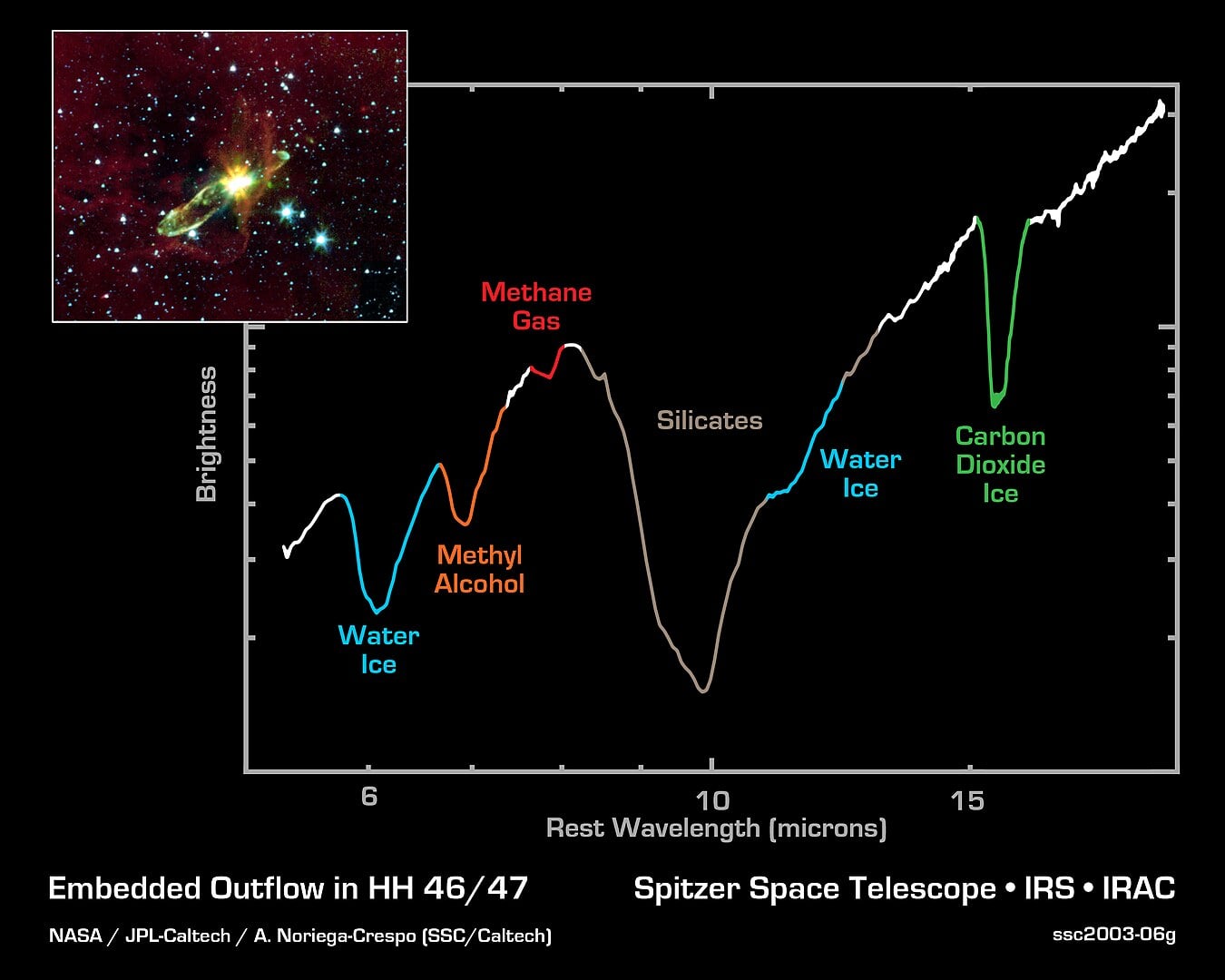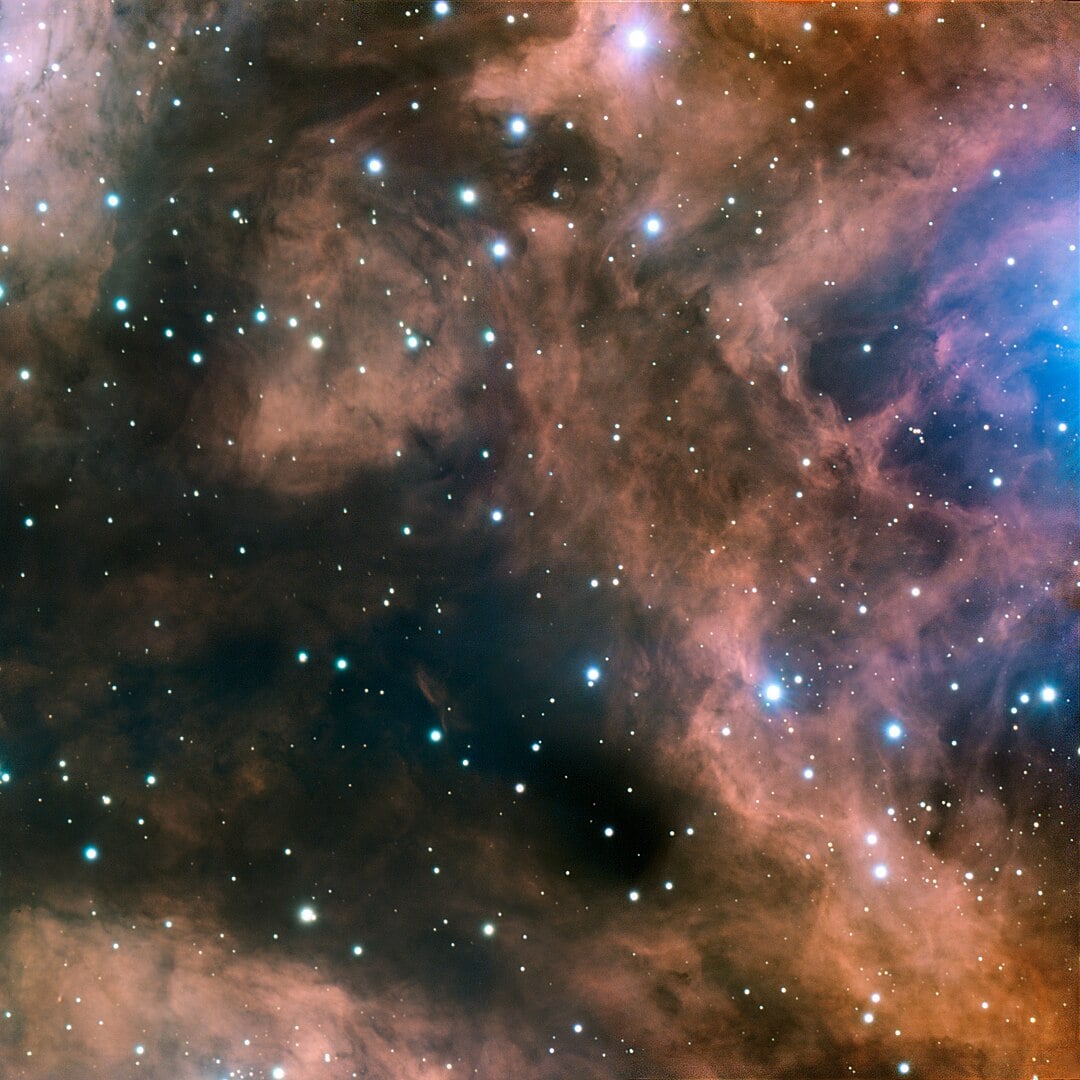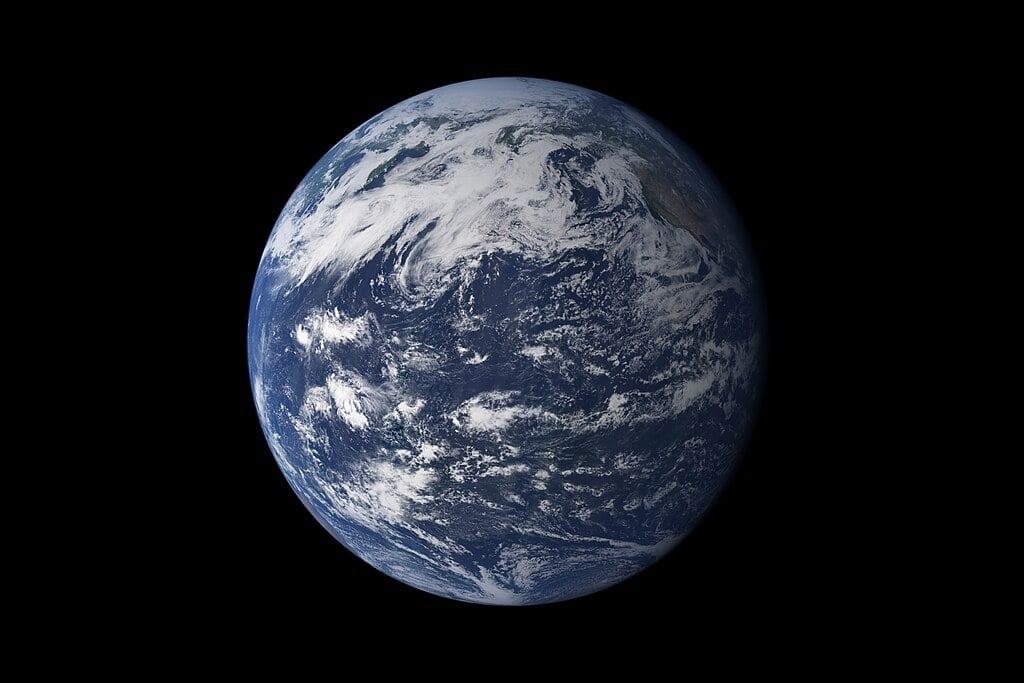Scientists have used the James Webb Space Telescope (JWST) to make a groundbreaking discovery about water in space, detecting a special type of water ice around a young star that could help explain how water travels from stellar nurseries to planets and comets.
Water exists throughout the universe, from the coldest star forming regions to the warm disks where planets are born. Understanding how water changes chemically as it moves through these different environments has over the years, been a major challenge for astronomers. The research team led by Katerina Slavicinska from the Leiden Observatory focused on L1527 IRS, a young protostar that may eventually become similar to our Sun. Using JWST's unprecedented sensitivity, they detected something never seen before: heavy water ice containing deuterium, a heavier version of hydrogen.
 Infrared spectrum of HH 46/47 (image in inset), with vibrational bands of several molecules labelled in colour. (Credit : NASA/JPL-Caltech)
Infrared spectrum of HH 46/47 (image in inset), with vibrational bands of several molecules labelled in colour. (Credit : NASA/JPL-Caltech)
This "heavy water" (HDO) acts like a cosmic fingerprint. The ratio of heavy water to regular water reveals the conditions where the water originally formed and whether it has been chemically altered during its journey through space. Think of deuterium ratios as a chemical memory system with different physical conditions such as temperature and density, leaving distinct signatures in the deuterium content. By measuring these ratios, scientists can trace water's journey from its birth in cold interstellar clouds through the warm regions around forming stars.
 A small part of the emission nebula NGC 6357, part of the interstellar medium. It glows with the characteristic red of an H II region. (Credit : ESO)
A small part of the emission nebula NGC 6357, part of the interstellar medium. It glows with the characteristic red of an H II region. (Credit : ESO)
The team measured a heavy water ratio that was remarkably high, about 4.4 parts per thousand. This discovery was so clear that it exceeded background noise by almost 40 times, thanks to JWST's extraordinary capabilities. The measured ratio closely matched heavy water found in the warm inner regions of other isolated young stars and planetary disks. This similarity suggests that water ice largely survives unchanged as it moves from star forming regions into the disks where planets form, a key piece of evidence for understanding how water reaches planetary systems.
The team found a puzzling discrepancy though: L1527's heavy water ratio was 4-10 times higher than ratios found in comets and stars forming in crowded stellar neighbourhoods. This difference suggests that either water undergoes chemical changes as it moves through different environments, or the local conditions where stars form significantly influence water's chemical signature.
 This detailed, photo-like view of Earth is based largely on observations from the Moderate Resolution Imaging Spectroradiometer (MODIS) on NASA’s Terra satellite. (Credit : NASA/Robert Simmon and Marit Jentoft-Nilsen, based on MODIS data)
This detailed, photo-like view of Earth is based largely on observations from the Moderate Resolution Imaging Spectroradiometer (MODIS) on NASA’s Terra satellite. (Credit : NASA/Robert Simmon and Marit Jentoft-Nilsen, based on MODIS data)
This discovery has profound implications for understanding Earth's water origins. Our Sun likely formed in a crowded stellar environment, which might explain why comets in our Solar System have lower deuterium ratios than the isolated star L1527. The research opens new avenues for studying water's journey using JWST's remarkable capabilities. Future observations of more protostars in different environments could reveal whether the water in our Solar System is typical or reflects the specific conditions of our Sun's birthplace.
Source : HDO Ice Detected toward an Isolated Low-mass Protostar with JWST

